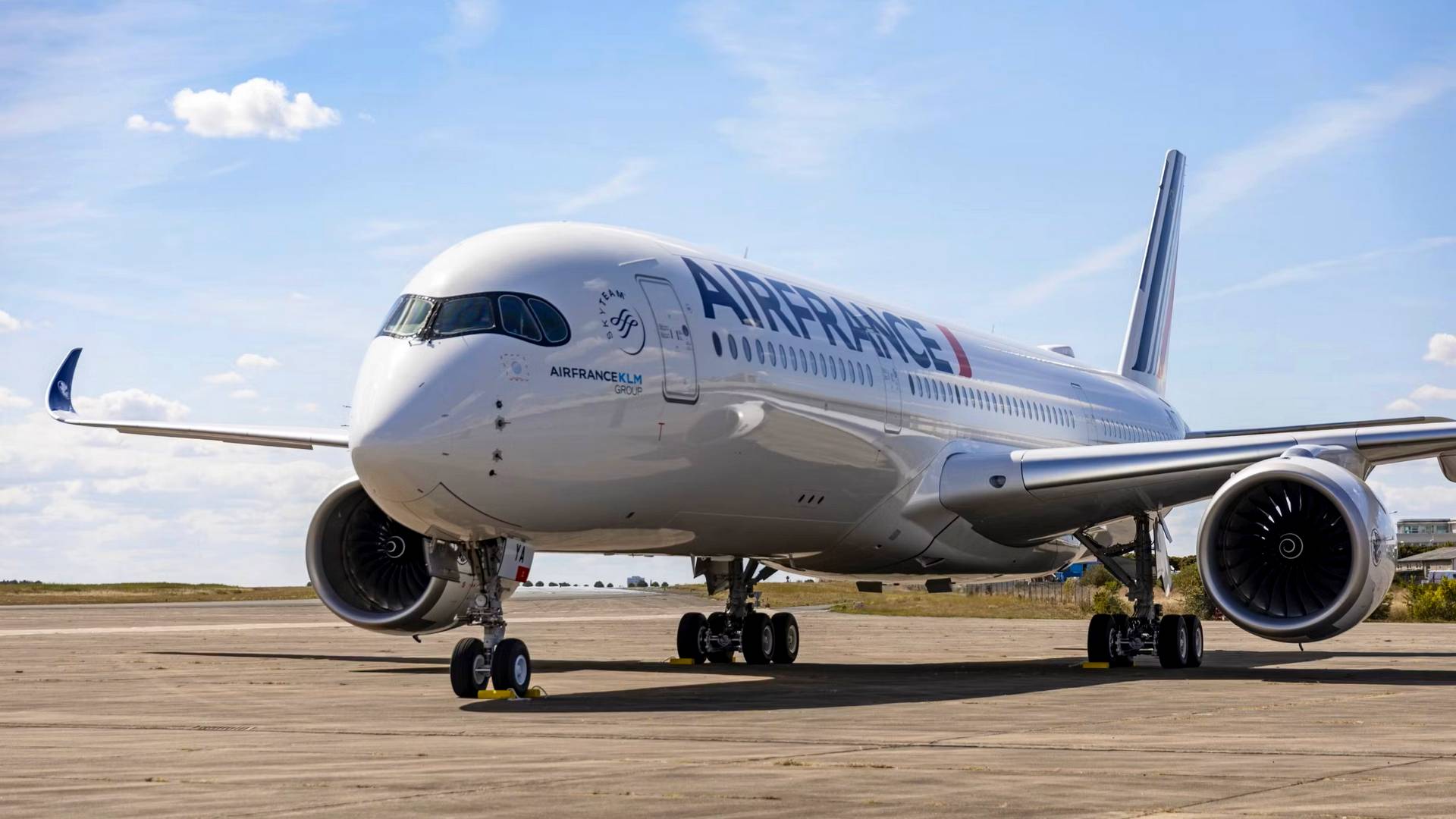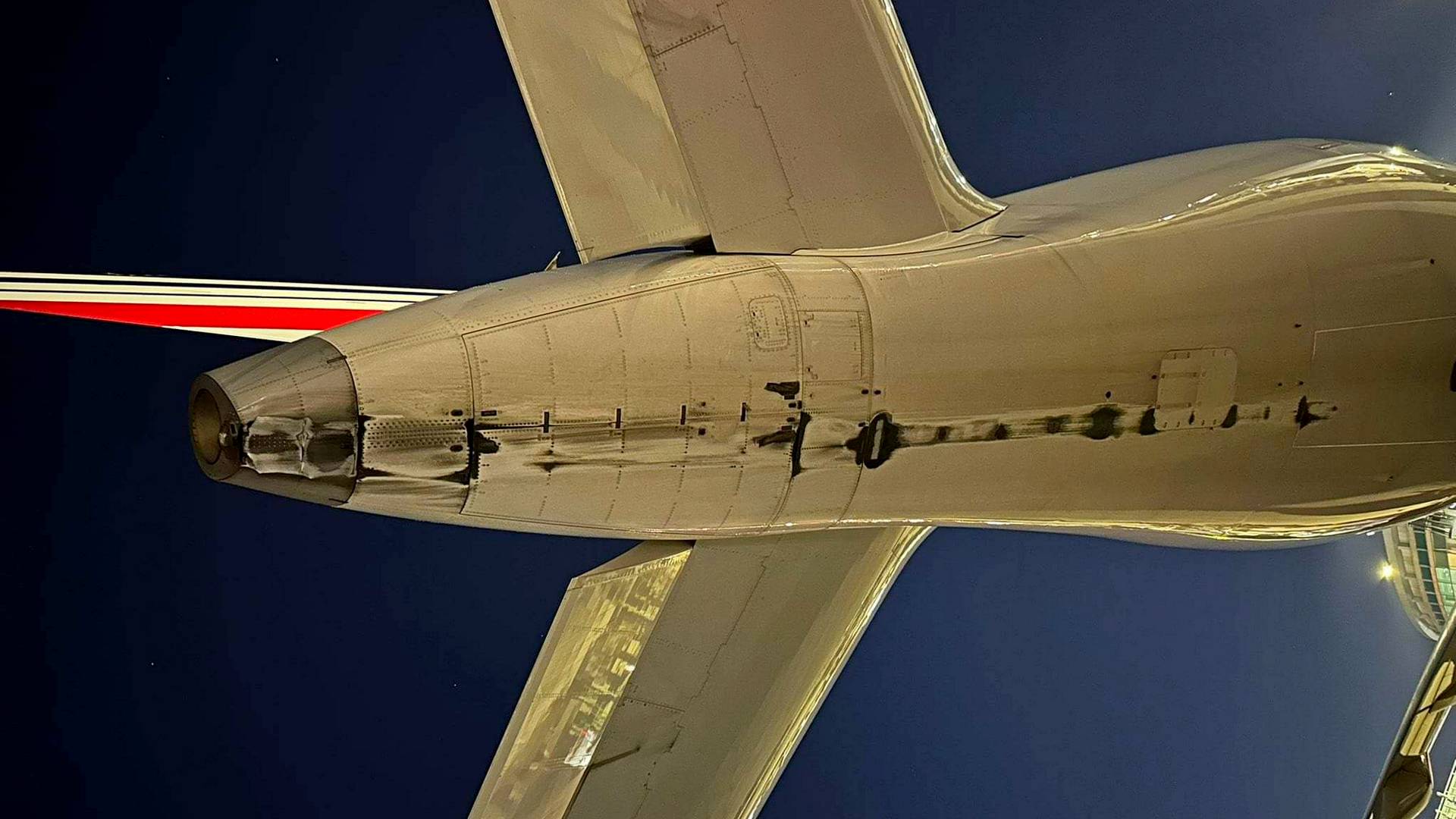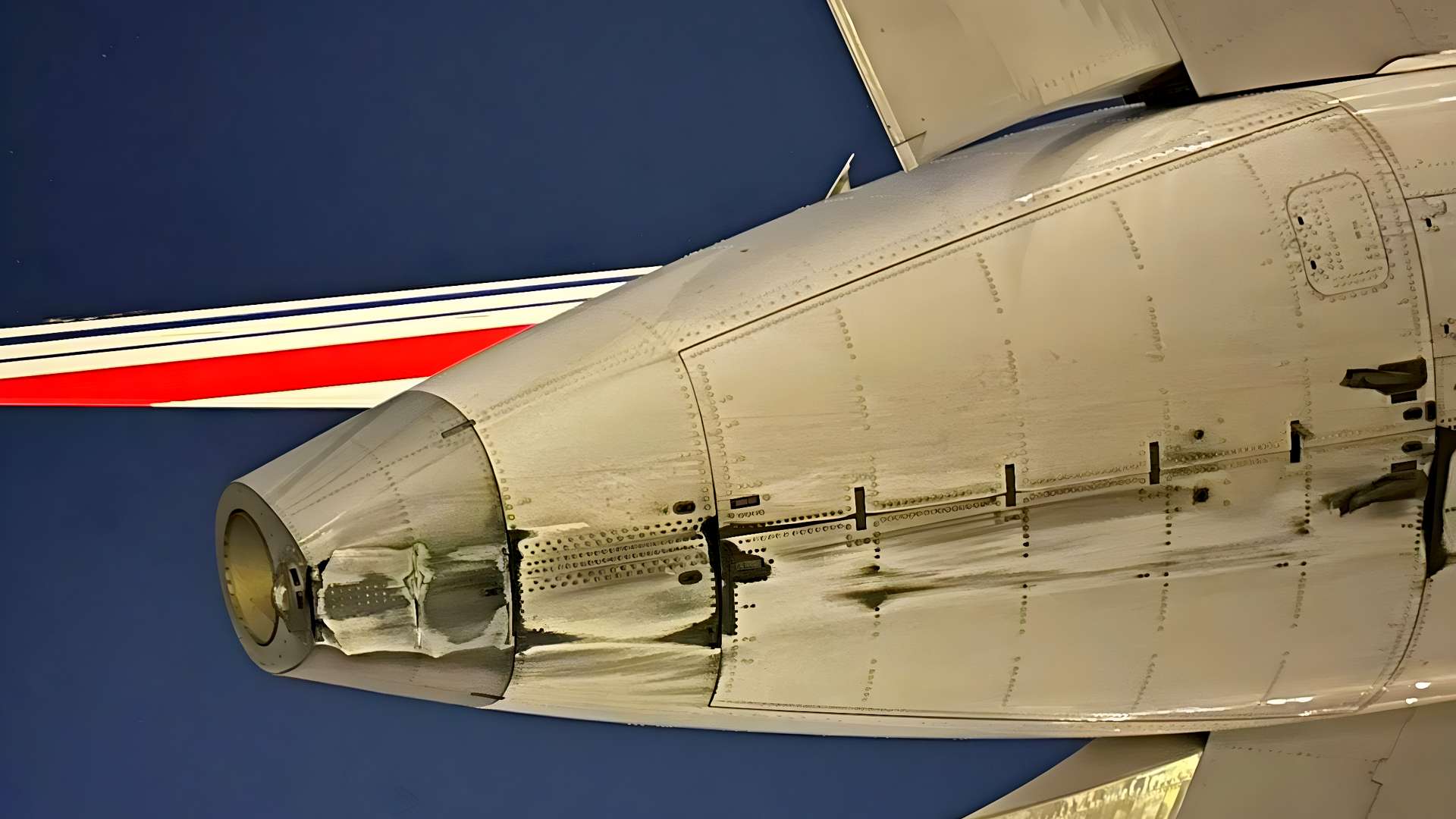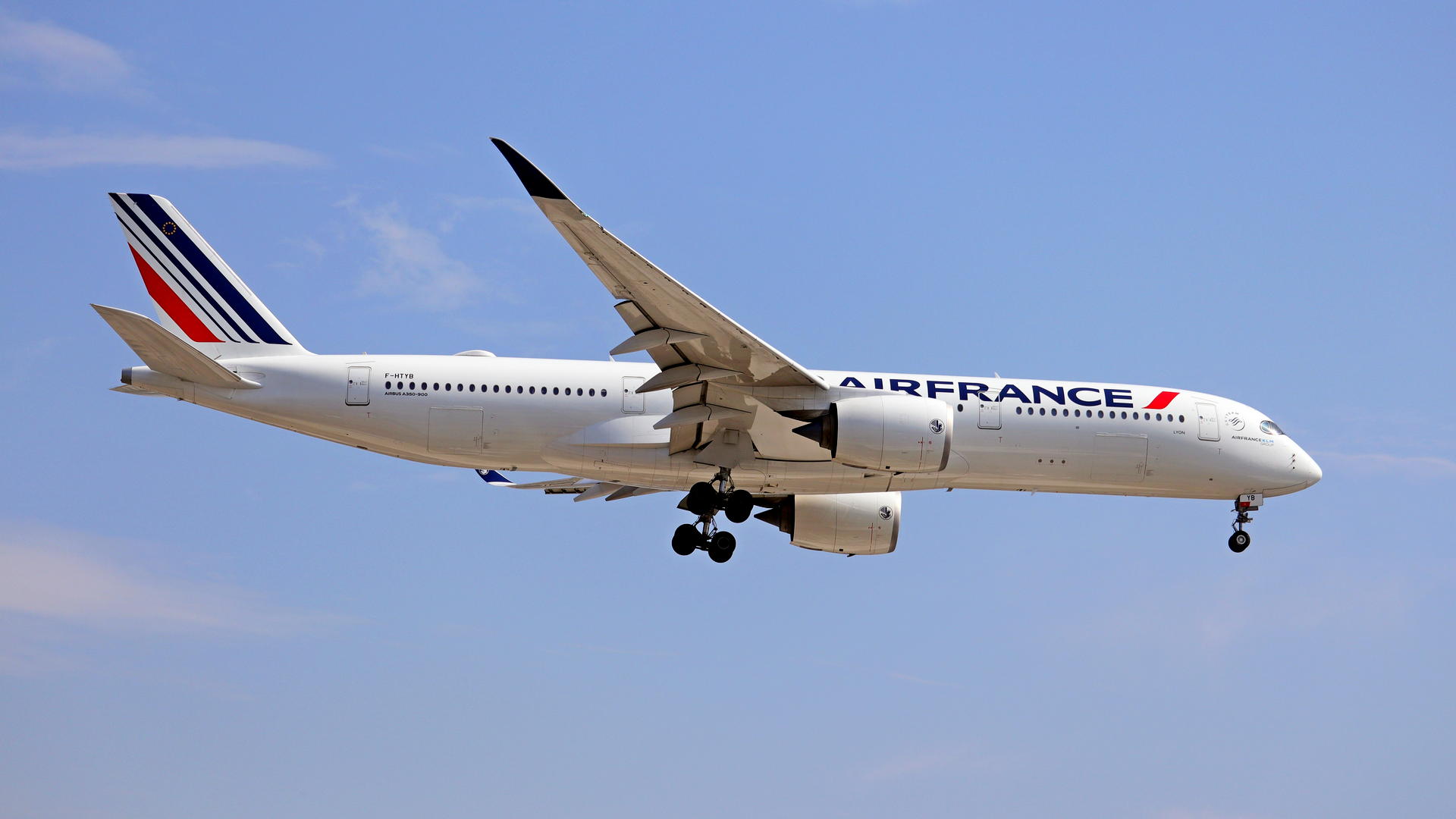An Air France A350 suffered a tail strike during a go-around in Toronto, Canada, sustaining significant damage. There were no injuries.
This event happened on Sunday the 21st of January. It involved Air France flight AF-356, departing from Paris Charles de Gaulle (LFPG) in France, heading for Toronto Pearson International (CYYZ).

This is an afternoon flight that Air France schedules daily, the A350 being its aircraft of choice over the past few weeks. On the day of this accident, the flight departed Paris uneventfully using runway 27L, with a half-hour delay.
The Air France crew recovered that time en route, their A350 cruising at FL380. They set up an approach into runway 24L in Toronto. There was some wind during their approach, but it was blowing almost straight down the runway.

They were on short final at 21:34 UTC:
- CYYZ 212100Z 25016KT 15SM BKN030 M03/M09 A3046 RMK SC7 SLP328=
- CYYZ 212200Z 26009KT 15SM SCT030 SCT170 SCT250 M04/M10 A3047 RMK SC3AC1CI1 CI TR SLP331=
Air France A350 Go-Around And Tail Strike
However, the Air France crew decided to go around, and in the process, their aircraft suffered a tail strike. A passenger sitting toward the rear of the cabin shot a video, which seems to show that the tail strike happened after the decision to go around.

A photo taken during the tail strike shows that the elevator had a full-upward deflection. But of course, the A350 is a fly-by-wire aircraft. So this elevator deflection does NOT mean that the pilot-flying deflected their sidestick in the same way.
The Air France pilots flew a right pattern, briefly climbing up to 3,500 feet. They came back for a safe landing on runway 24L, just under 15 minutes after the go-around. The aircraft was taxied normally to its gate, where everyone disembarked normally. There were no injuries.

However, the airline had to cancel the return flight to Paris. The Air France A350 sustained substantial damage in the event, in the bottom rear of its fuselage. As of this writing, it remains in Toronto.
This is an Airbus A350-900, with tail number F-HTYH. It is just under three years old, entering service in April 2021. Air France likes to name its aircraft after cities, towns, and other French locales, so this A350 is called “Dijon”.




7 comments
Leokat
Nothing some speed tape can’t fix 😉
Iskender Kutlucinar
500 mile tape is only used for transferring the airplane to get repaired if the airport doesn’t have repair facilities in house, also fly by very experienced pilot and co pilot, no passengers.
Alain
Judging by the photo, the damage sustained appears very deep and extensive. Let’s hope those skin sections are completely replaced with new ones and not simply buffed down and reinforced with doubler strips etc. to save time and money! Wasn’t there talk of using self sacrificing and easily replaceable tail skid plates years ago as these events were becoming common place then? What happened there?
Michael
I hope the rear pressure bulkhead did not sustained damage from the tail strike. We do not want an other Japan Airlines 123 or China Airlines 611. Please do not let this happen. God bless whoever flying this plane after any repairs.
Sunflower
Dijon mustard
Narayanan
Why don’t commercial aircraft have the same tail strike protections of their test counterparts?
Iskender Kutlucinar
Yes, they do have protection pad at the bottom rear!